
It may seem surprising to people when I tell them that while I travel a lot, my parents travel more than I do.
After my brother and I sent my parents to Hawaii, years ago, since then, they have enjoyed traveling overseas. And for them, they are more interested in traveling to areas in the country they are originally from, the Philippines.
One location they loved visiting is Las Casas Filipinas De Acuzar in Bagac, Bataan. Bataan is a province (think “state”) in Central Luzon in the Philippines and Bagac is a municipality (think “town”), while the word “Barangay” (think “county”).
Bagac, Bataan may not be a place that many people who fought World War II in the Philippines probably want to remember. It’s one of the locations where around 60,000-80,000 Filipino and American Prisoners of War were transferred to by the Imperial Japanese Army .
After the bombing of the American naval base at Pearl Harbor and during a time when Imperial Japan controlled nearly all of Southeast Asia, the Bataan peninsula and the island of Corregidor were the only remaining allied strongholds.
But due to the lack of supplies, Fililipino and American forces were only able to fight for three months and 76,000 soldiers surrendered, and the surrender was the largest United States surrender, as well as for the Filipino military.
And they would have to walk 69 miles from one location to another, which would be called the Bataan Death March which left thousands of people dead as soldiers captured endured physical abuse.
Those were one of the darkest times of Bagac, Bataan’s history but a lot has changed since the 1940’s.
For one, the area now has a Bagac Friendship tower which symbolizes the renewed friendship between Japan and the Philippines after the events of World War II and was erected by Rissho Kosei Kai, a Japanese Buddhist organization back in April 1975.
Also located in Bagac is Las Casas Filipinas de Acuzar, a heritage park built by Jose “Gerry” Acuzar, owner of the New San Jose Builders and who happens to be a history art collector.
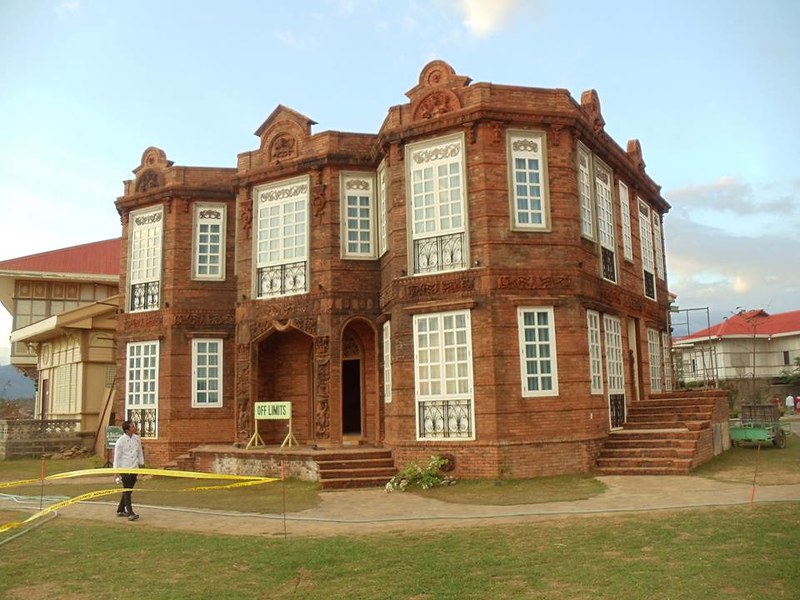
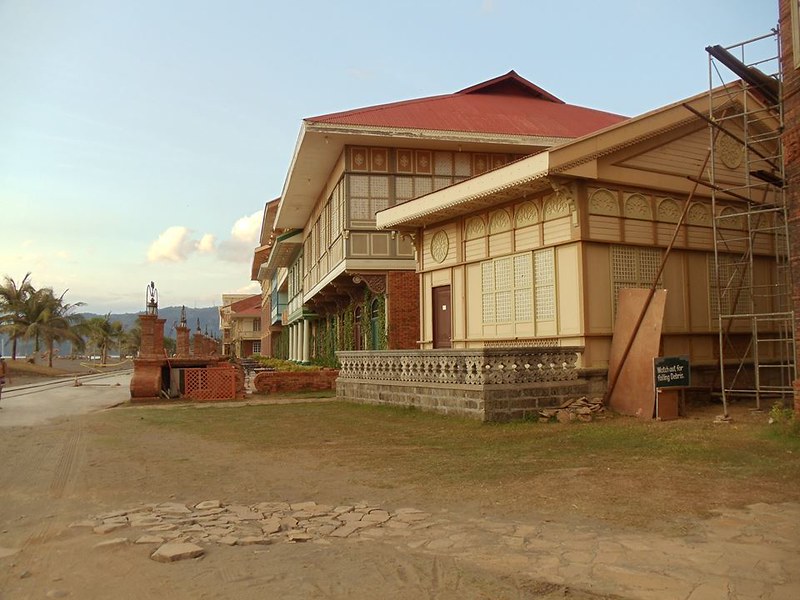
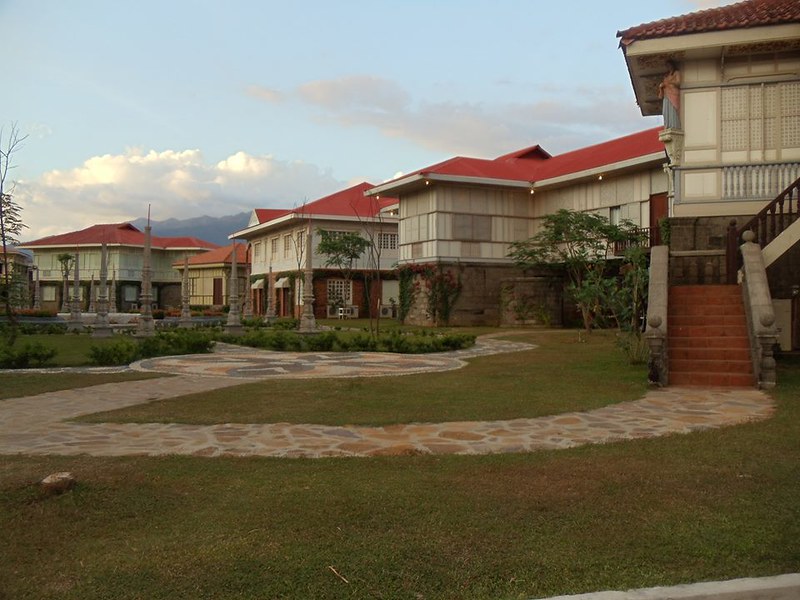
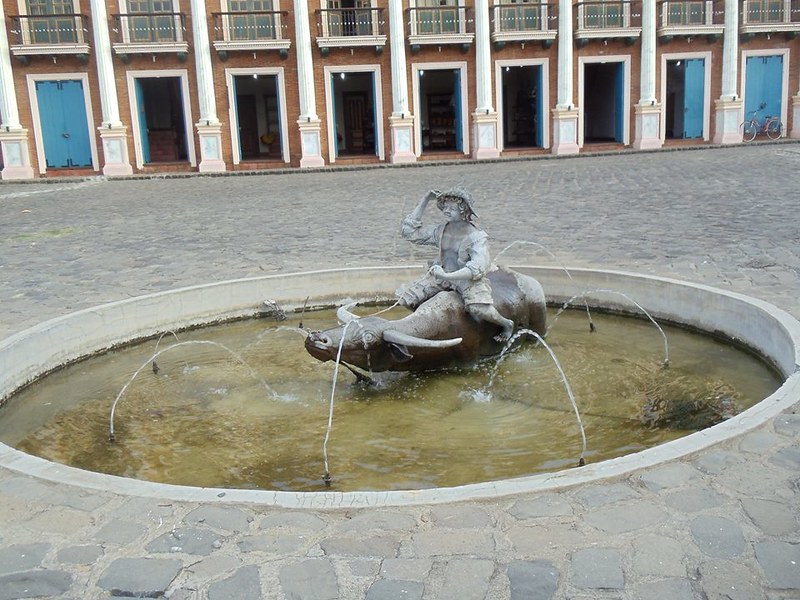
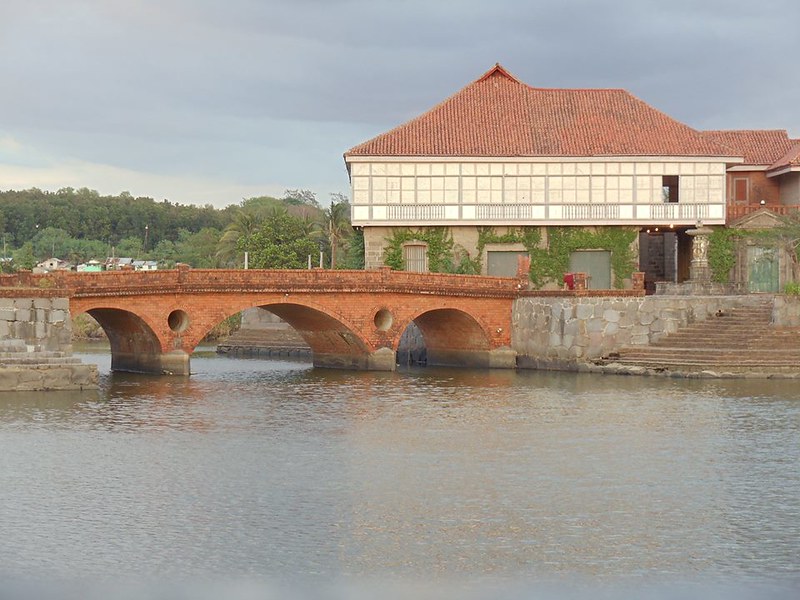
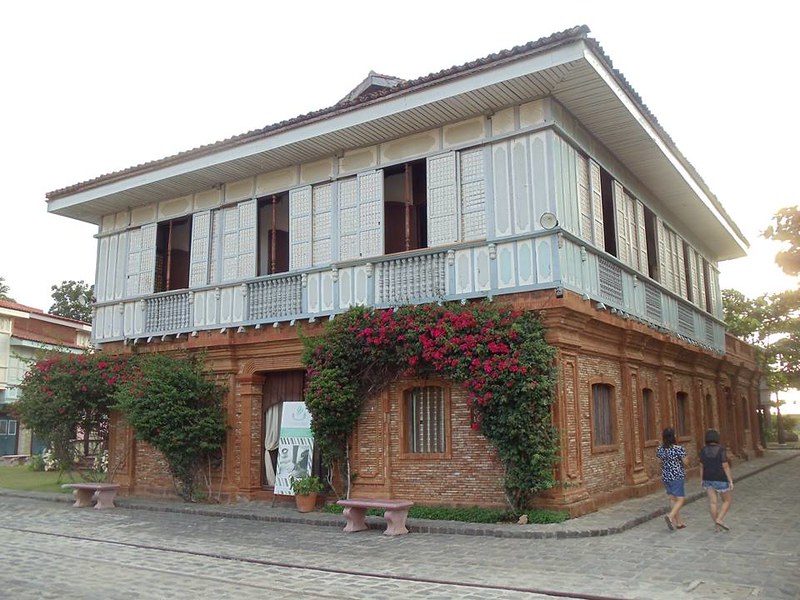
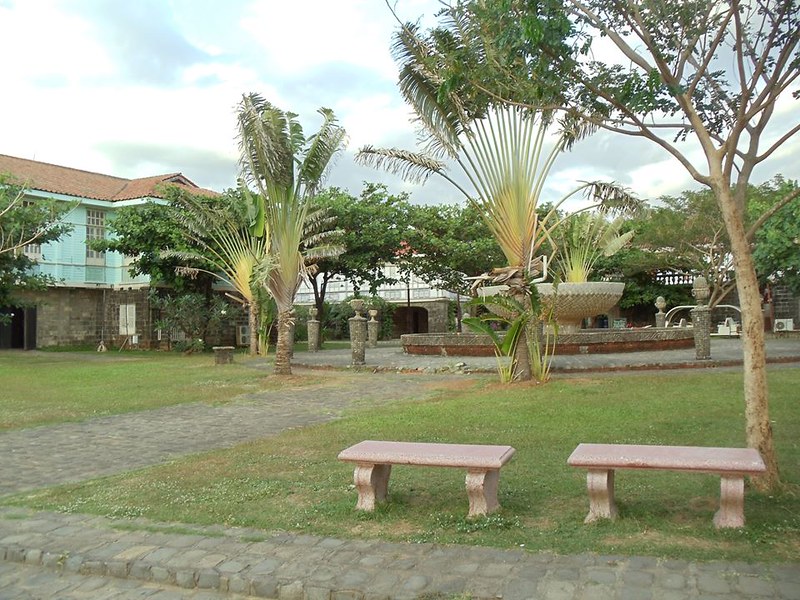
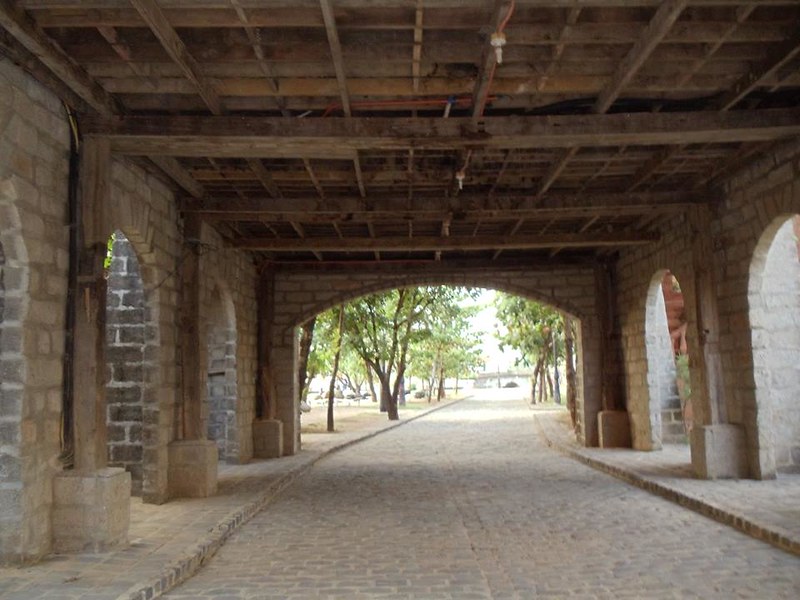
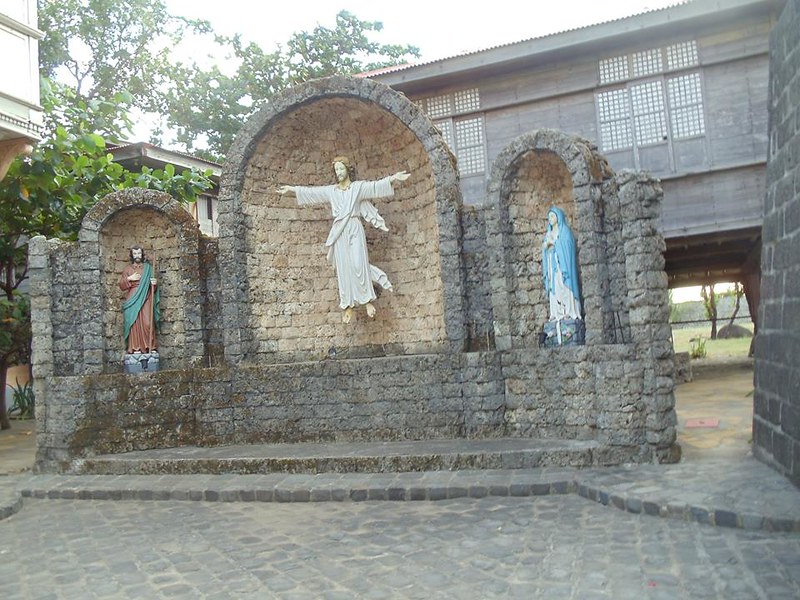





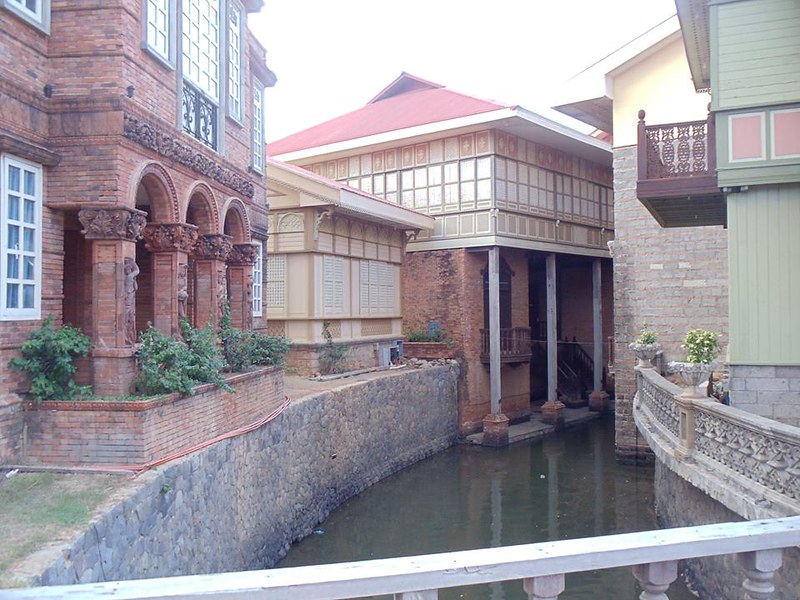
When people visit this area, they will see a collection of Spanish Colonial buildings and stone houses, which were created to resemble a settlement reminiscent of the 18th Century. These houses were carefully transplanted from different parts of the Philippines and rehabilitated.
For more information in regards to the tour or events happening at Las Casas Filipinas De Acuzar, please click here (in English).
